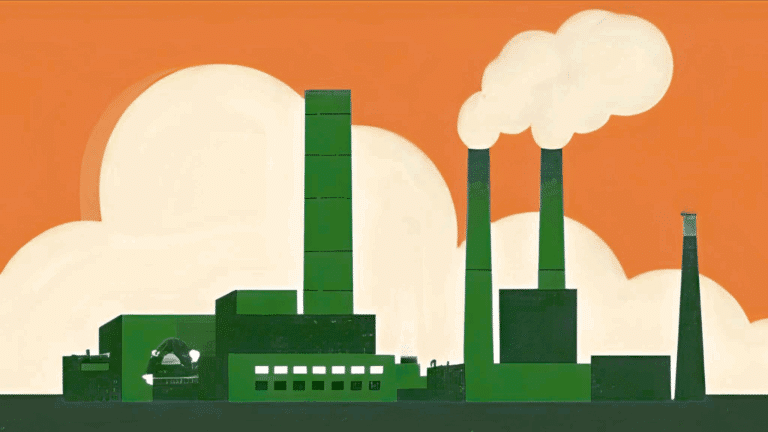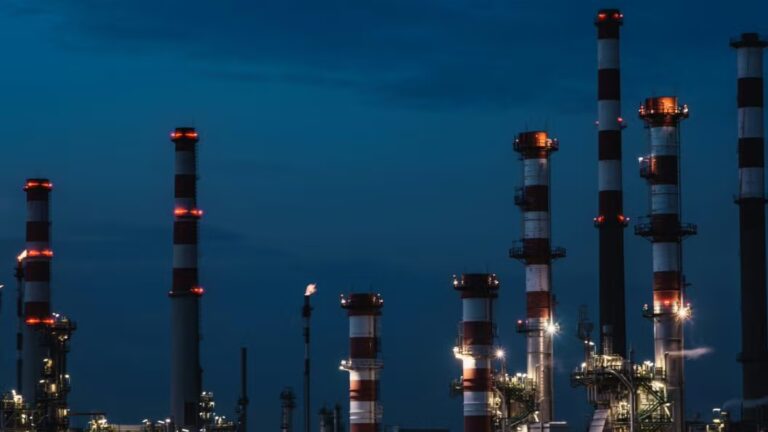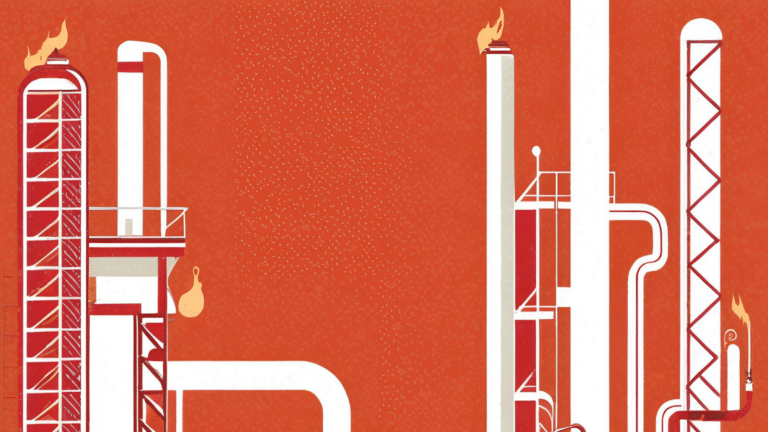Oral Testimony
Good day Chair Castor, Ranking Member Graves, and members of the Select Committee. My name is Robert Kleinberg. I am presently affiliated with energy policy research units of Columbia University and Boston University, which I joined after working for four decades in technology development in the oil and gas industry. I have been elected to the National Academy of Engineering in recognition of my contributions to geoscience technology.
The subtitle of today’s hearing is “Safeguarding Health, Creating Jobs, and Protecting Our Climate”. Methane emission mitigation is essential to reducing the rate of global warming between now and 2050. This is technically and economically feasible. And it has already generated a constellation of innovative U.S. small businesses exploiting a variety of American designed and built technologies.
We know we must reduce our use of fossil fuels, and we know the transition from fossil fuels to zero carbon sources of energy will take time. One of our chief challenges will be to minimize the damage associated with fossil fuel use during the transition. According to the International Energy Agency, the world consumed four trillion cubic meters of natural gas in 2020. Assuming nations adhere to their announced Nationally Determined Contributions, the world will consume almost exactly the same amount of gas in 2050. No matter how optimistic you are that nations will respect their Paris Agreement commitments, you must take methane emission reduction seriously. Moreover, even after the transition from fossil fuels is complete, the methane problem will not go away by itself. Biogas and biomethane production and transport have been found to be increasingly important sources of this climate pollutant.
It is a time-honored truth that you can’t manage what you don’t measure. EPA relies on emission factor methodology, which when it was introduced in the 1990s was the best method of quantifying methane emissions, but which is now decidedly outdated. Remarkably, over the last seven years, American industry, academia, and non-governmental organizations have moved beyond regulations and worked together to find out how much methane our oil and gas industries are actually emitting. The results show that EPA dramatically underestimates methane emissions
Two examples of new measurement methods are aerial surveillance and continuous monitoring. The practicality of large scale, quantitative airborne remote sensing is now well established. A number of large-scale campaigns have already been performed in major oil and gas producing regions; costs are surprisingly modest. Dr. Caroline Alden, who personifies the transformation of world class academic research into a successful business, will have more to say about continuous monitoring in a few minutes.
You have probably heard that methane reductions can be implemented at no cost, or even implemented at a profit. I am sure this is true in some special cases, but if it were generally true, industry would not be emitting as much methane as it does. I can tell you from personal experience that the petroleum industry is not one to leave money on the table. As it is, oil and gas-sourced methane emissions are declining at the meager rate of about 0.3% per year. The truth is industry needs to be nudged to do the right thing. That means smart regulation.
Oil and gas methane emissions problems can usually be remediated by known engineering solutions. In my written testimony I review some simple measures that can reduce emissions by millions of tons per year. I compare these measures to the health and safety improvements I saw over the course of my career in the oilfield. Our highly skilled and inventive workforce has made our workplaces safer while keeping American industry the most efficient and productive in the world. Given smart regulations and incentives, they will do the same with methane.
Finally, I would like to point out that Russia is taking advantage of inferior methane accounting standards to improve its environmental image. Like the United States, Russia uses the emission factor method when reporting its methane emissions to UNFCCC. But unlike the United States, Russia’s self-reported methane emissions from its oil and gas sector have declined by a remarkable factor of eight since 2015. As a result, Russia’s self-reported methane intensity is now less than that of the United States. If left unchallenged, the Russian reports weaken the case for reduction of European dependence on their natural gas. Only measurements will reveal the truth.
Please see my written submission for some specific recommendations.
Thank you for giving me the opportunity to share these observations with you.
Written Testimony





